
What is Contraception?
Contraception or birth control are methods or devices that are used to prevent pregnancy. Pregnancy can occur when a sperm can fertilize an egg and that fertilized egg successfully implants in the uterine wall. Contraceptive methods prevent that from happening. They also reduce the risk of getting sexually transmitted infections, although not all contraceptives prevent STIs. There are several types of contraceptive methods and using one over another will depend on your individual needs and preferences.
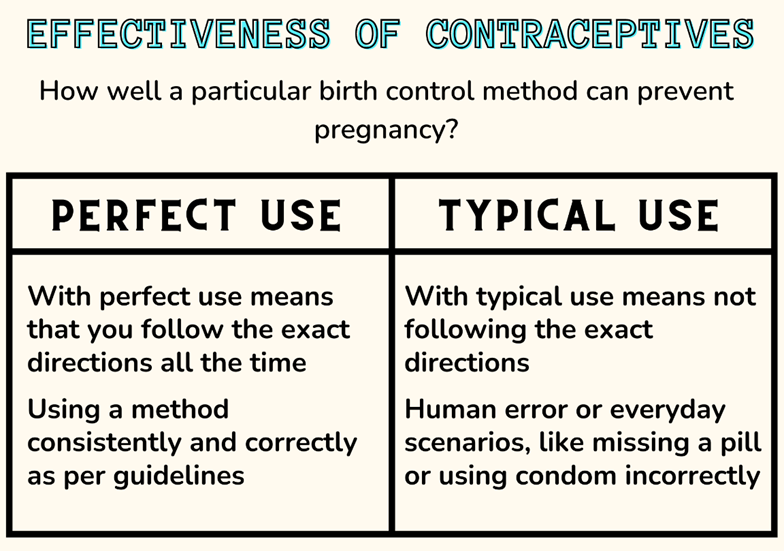
Non-Hormonal Contraception
Non-hormonal contraceptive methods prevent pregnancy without hormones. They work by creating a barrier between the sperm and the egg or an unfriendly environment for the sperm to survive. There are different types of non-hormonal contraceptives, the most common ones used in Canada include:
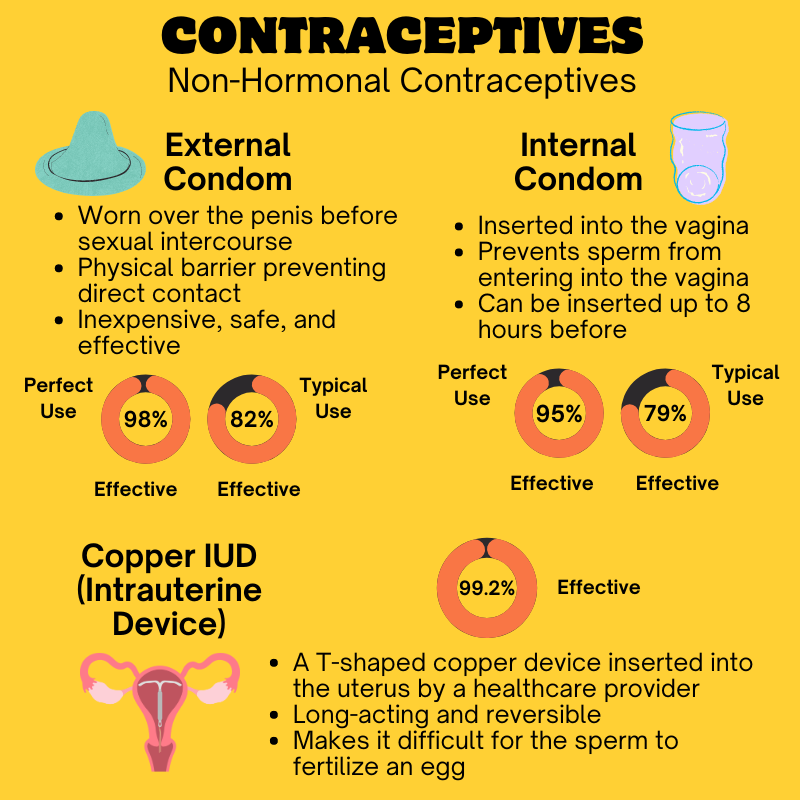
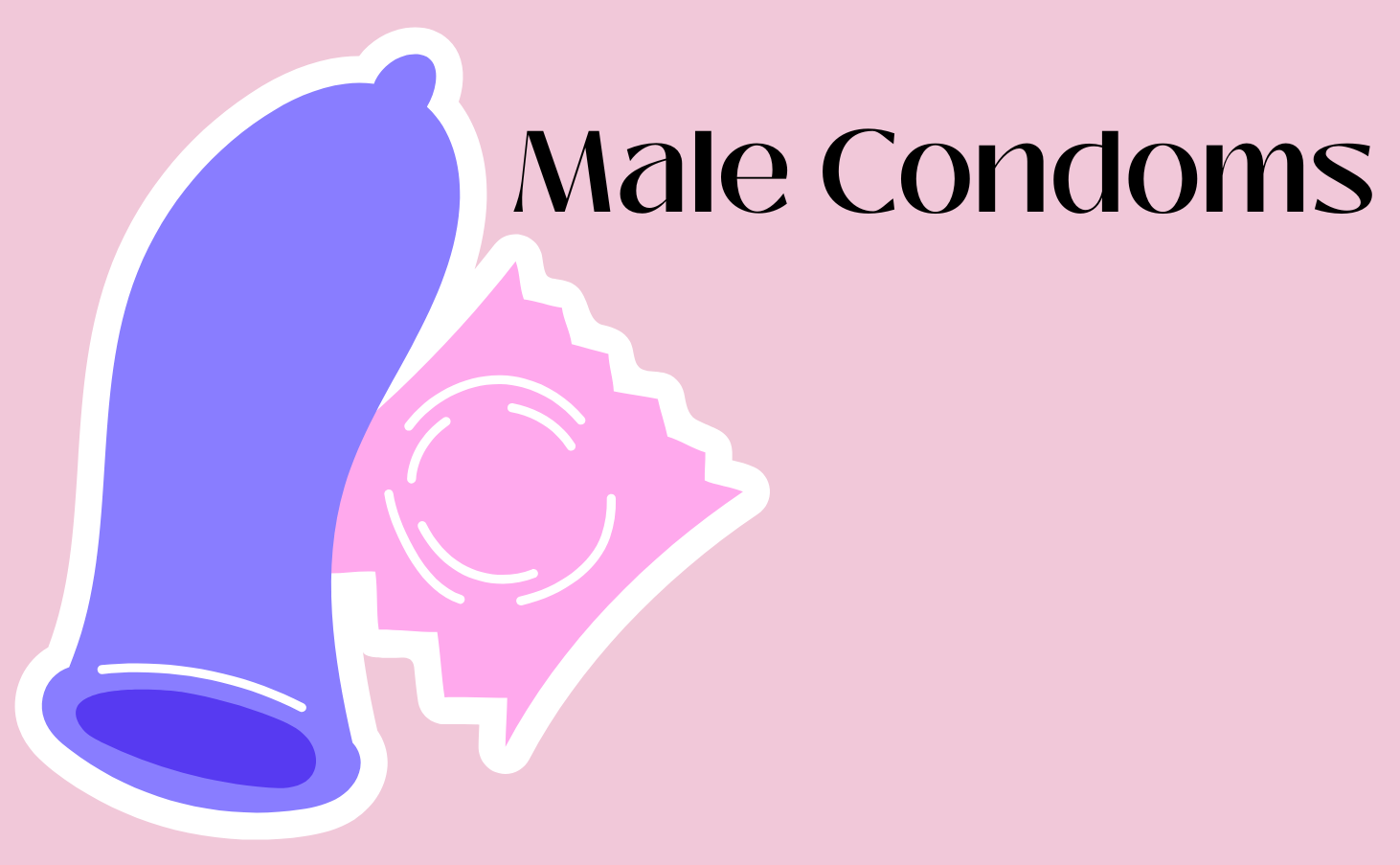
Male Condoms or external condoms are worn over the penis. Condoms must be put on an erect (hard) penis before sex begins and can only be used one time. Condoms are usually made of latex, but non-latex condoms (polyisoprene or polyurethane) are also available.
Condoms act as a physical barrier to stop sperm and body fluids from passing between the penis and vagina. Condoms used with other types of contraception give the best protection against pregnancy. If a condom breaks, slips, or leaks, you should consider emergency contraception.
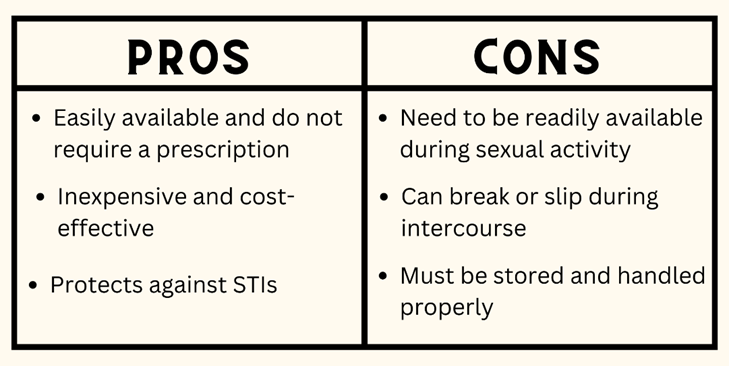
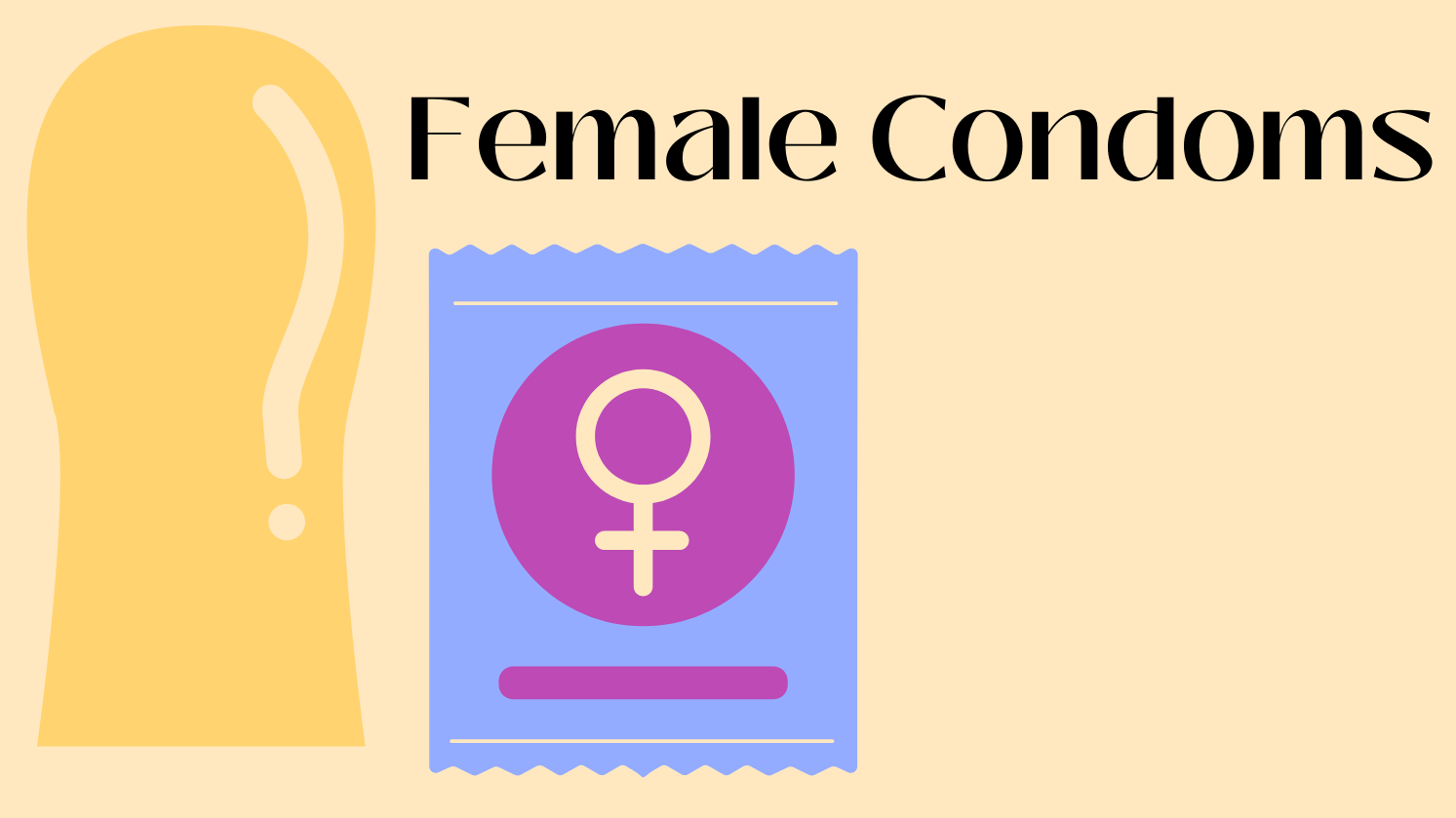
Female Condoms or internal condoms are a sleeve with two flexible rings; the internal ring is placed inside the vagina and the outer ring sits outside the vagina. It acts as a physical barrier to stop sperm and body fluids from passing between the penis and vagina. It can be inserted up to 8 hours before sex.


Diaphragm is a soft silicone cap that is placed inside the vagina and covers the cervix (lower end of the uterus) to prevent sperm from travelling inside. Diaphragms can be prescribed by a doctor or bought at some pharmacies. Diaphragms are to be used in combination with spermicides (gels, creams, foam) to kill sperms, which can be difficult to access in Canada. The diaphragm can be inserted up to two hours before sex but should be left inside for at least six hours after sex.
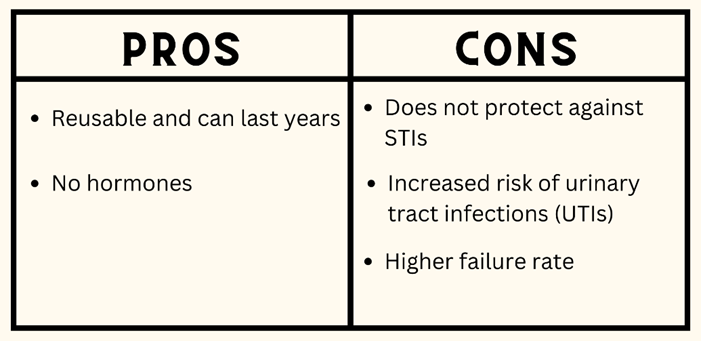
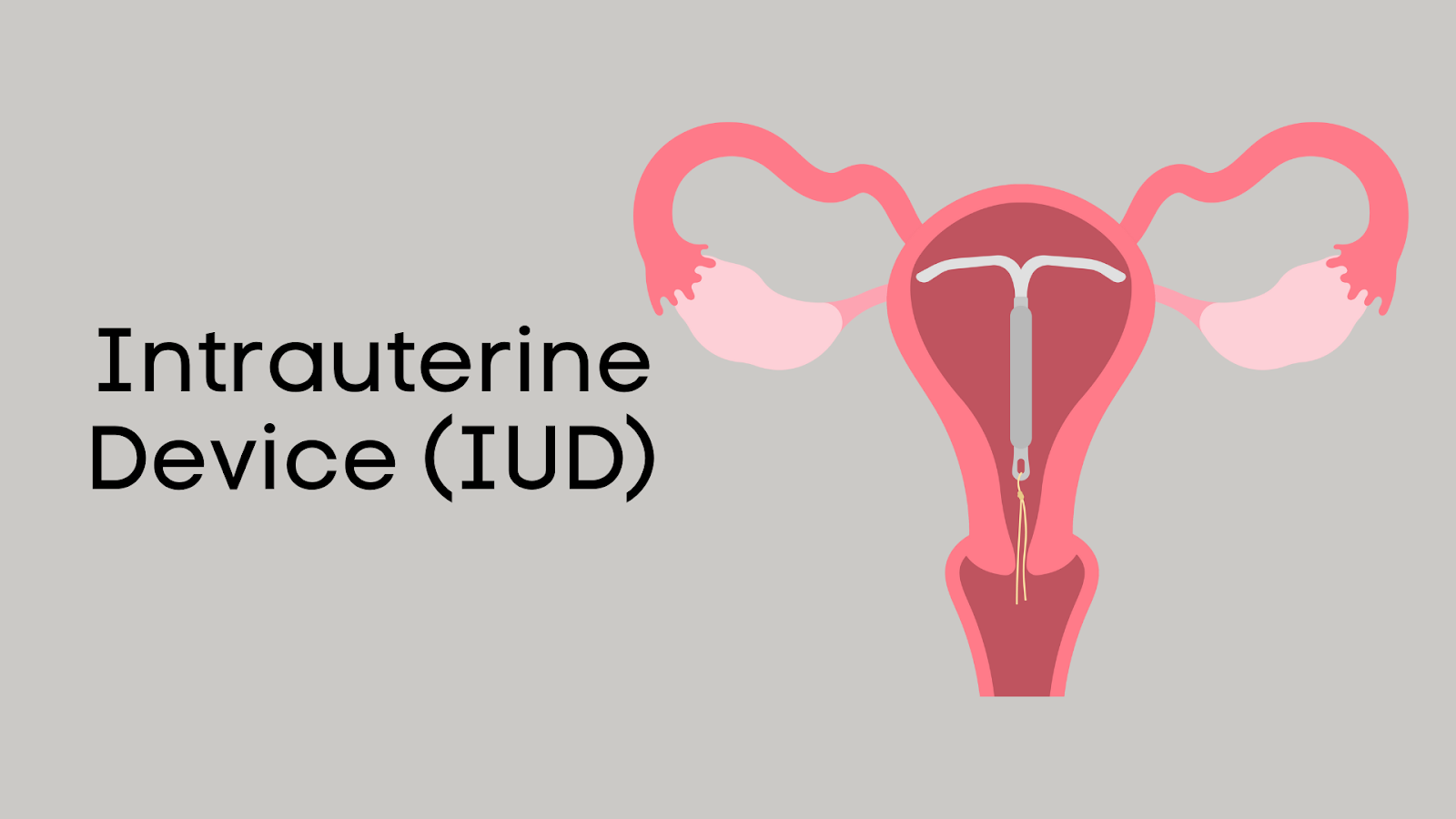
Copper IUDs are T-shaped devices made of copper, that are inserted into the uterus by a healthcare provider. The copper from the IUD creates an unfriendly environment for the sperm, making it difficult to travel to the egg and survive. Copper IUDs can remain in place for 3 to 10 years (depending on brand) and are 99.9% effective.
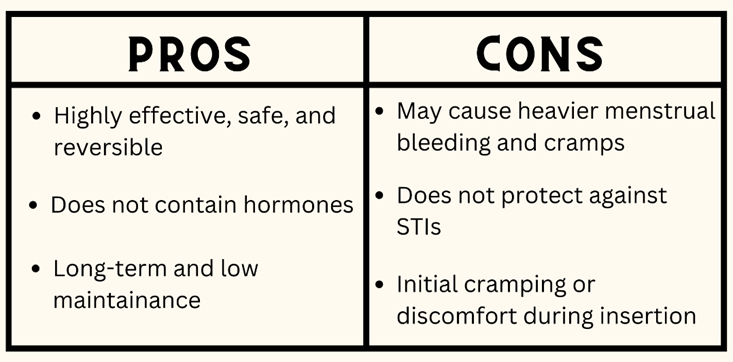
Hormonal Contraception
Hormonal methods of contraception involve the use of artificial hormones to influence the female reproductive cycle. Hormones (estrogen and progestin) mimic the body's natural hormones to stop the ovaries from releasing an egg. Hormonal methods include the pill, patch, ring, and injection, as well as hormonal IUDs. Hormonal contraception does not protect against STIs.
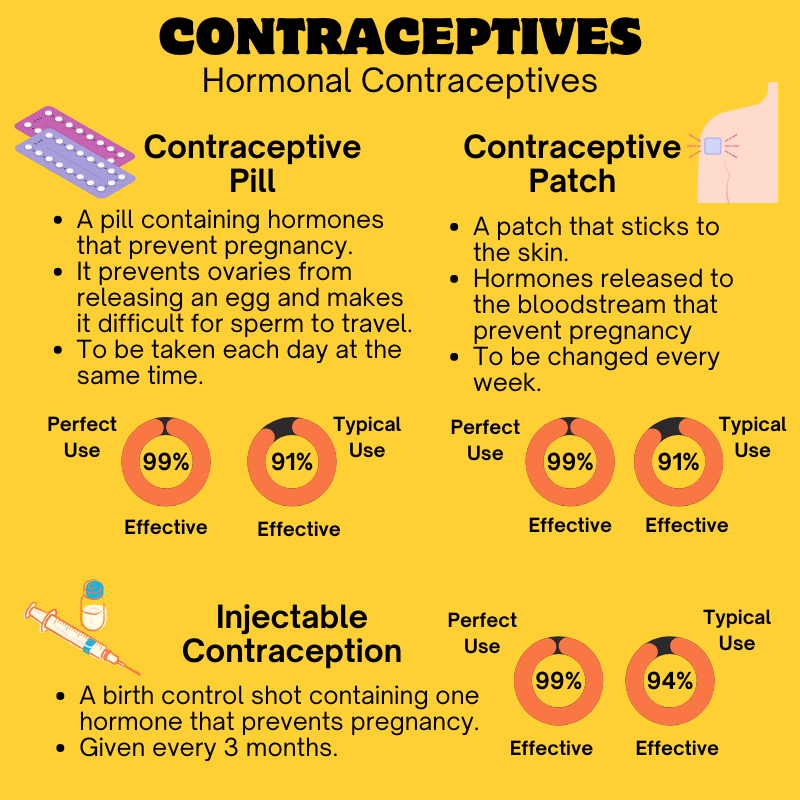
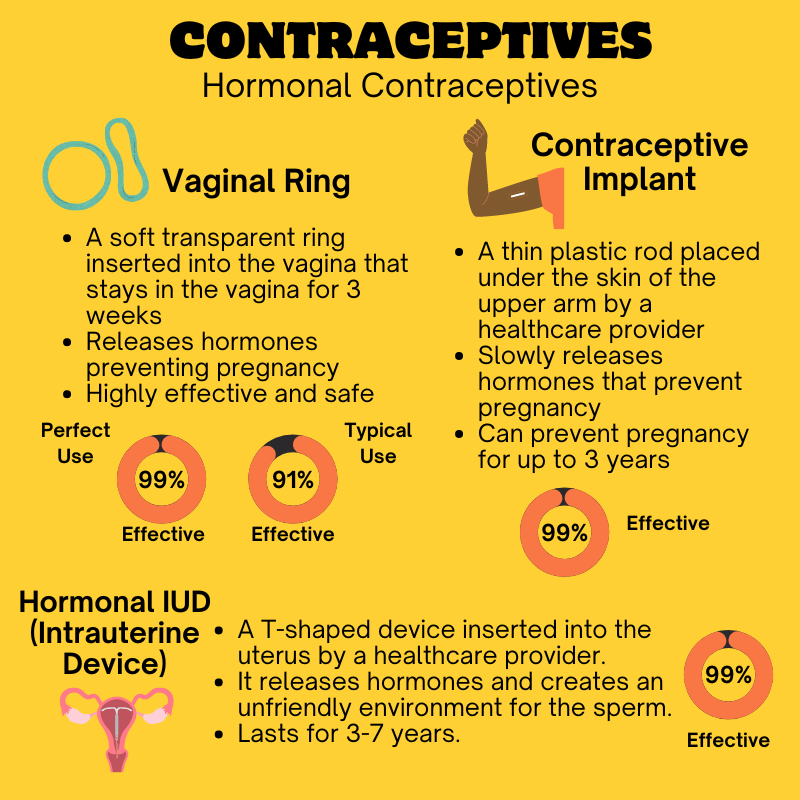
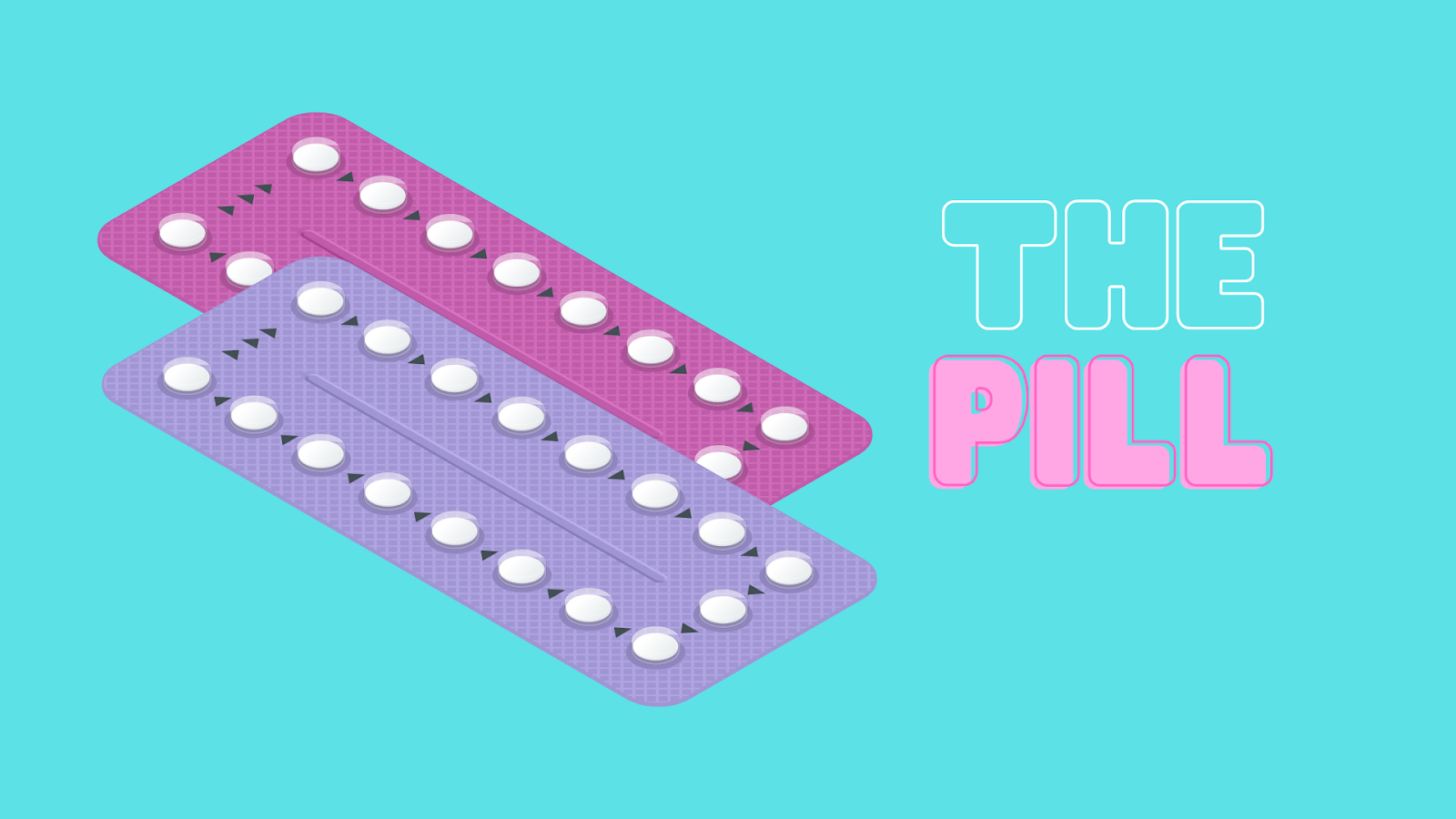
Contraceptive Oral Pillsare medications that contain hormones. There are two types: one that contains estrogen and progesterone (combined pill) and one that contains only progesterone (progestin). These pills stop the ovaries from releasing an egg, thick cervical mucus, and make fertilization and implantation difficult. Pills are taken every day at the same time. Some people may get side effects from the pill. Talk to your doctor or pharmacist about how to take your pills.

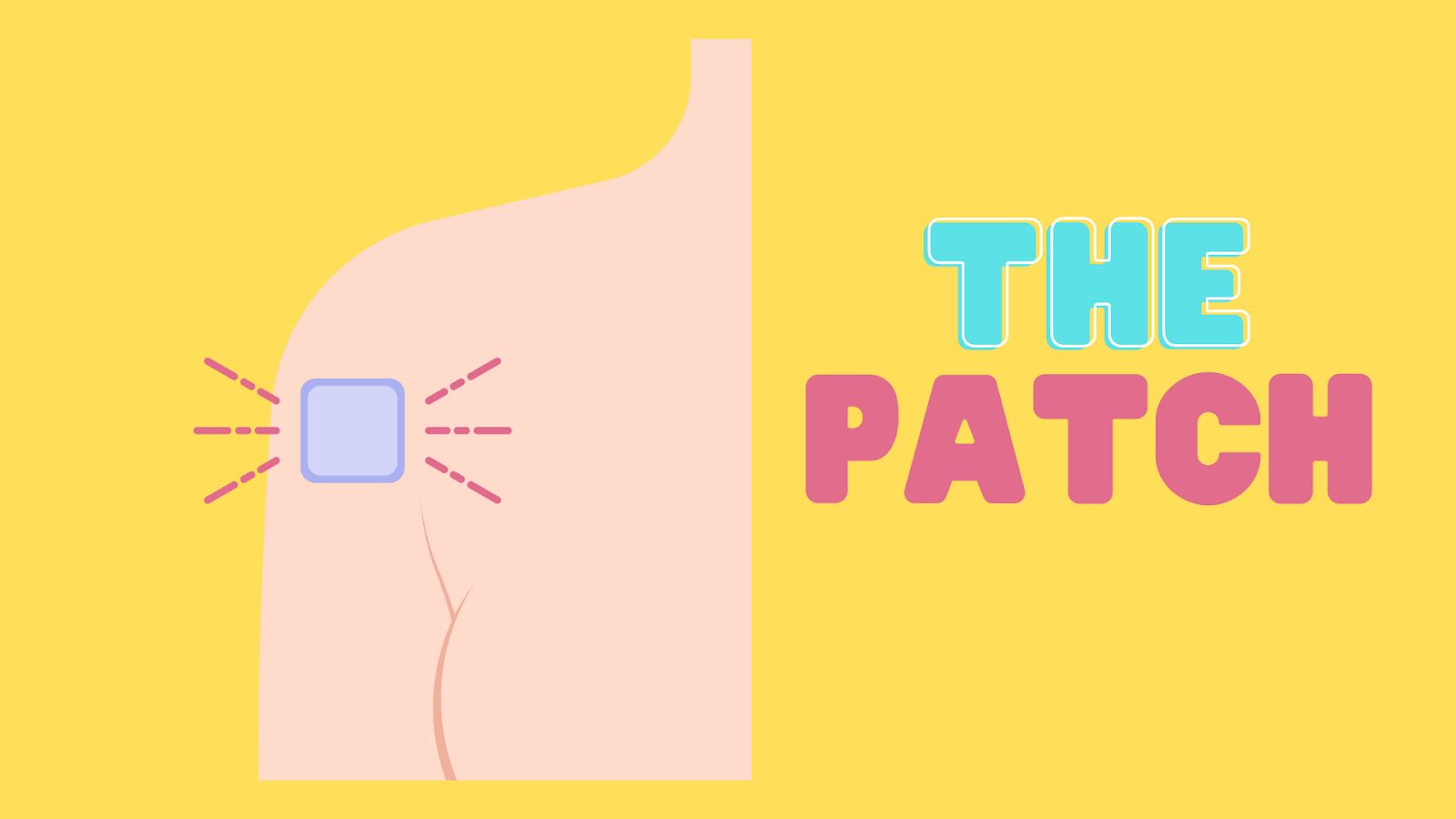
Contraceptive Patch is a small square patch that sticks to your skin. It continuously releases estrogen and progesterone (hormones) into the body preventing pregnancy in a similar way as the pill. The patch needs to be changed every week at the same time each week. After 3 weeks of wearing patches, you take a one-week break (menstrual period). The patch can be applied on the skin of the buttocks, upper arms, back, or stomach.

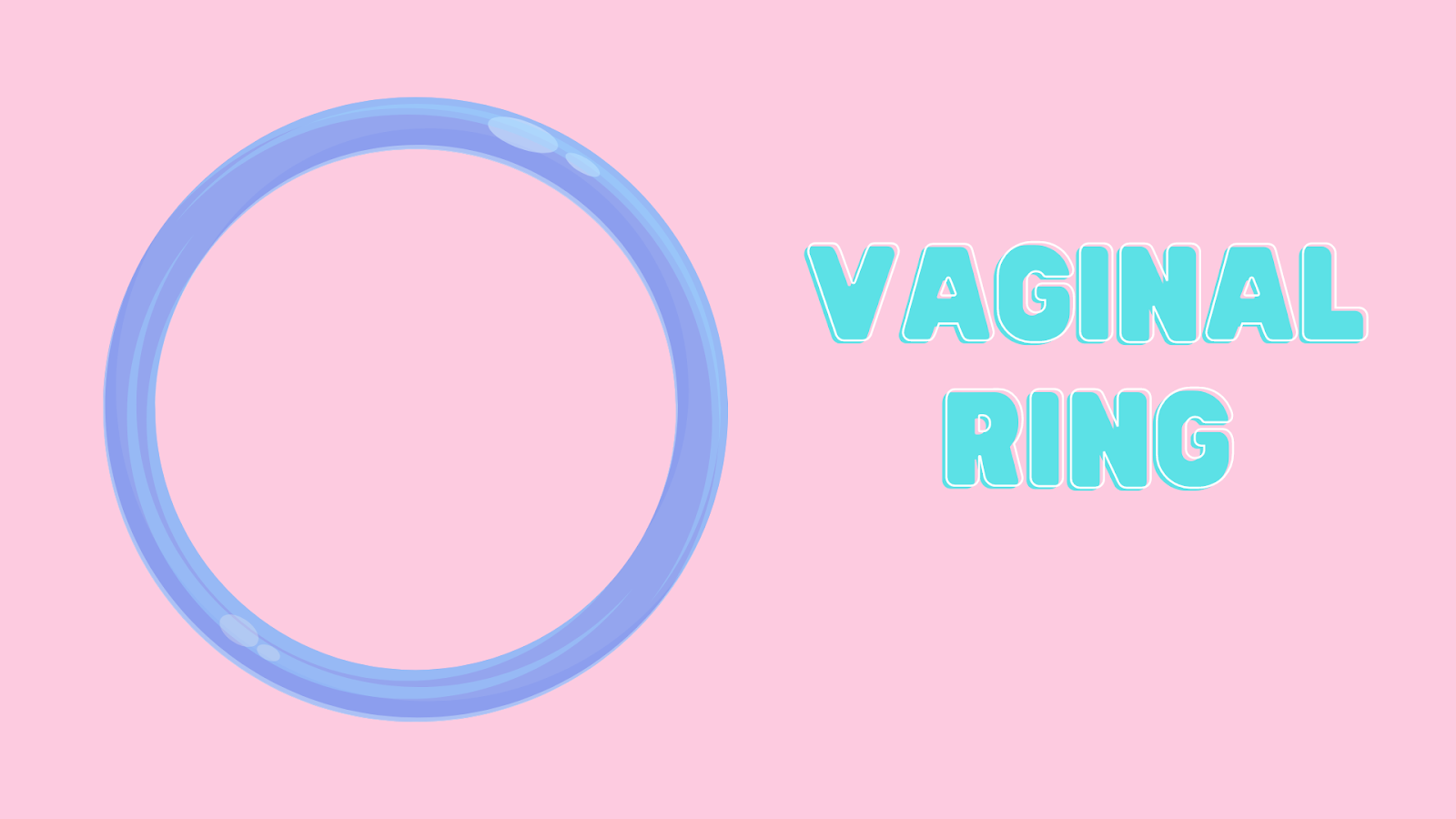
Vaginal Ringis a soft flexible transparent ring that is inserted into the vagina. It contains two hormones (estrogen and progesterone) and remains in place for three weeks followed by a one-week break (menstrual period). A new ring needs to be put in after one month. The ring stays in all the time – including during sex.

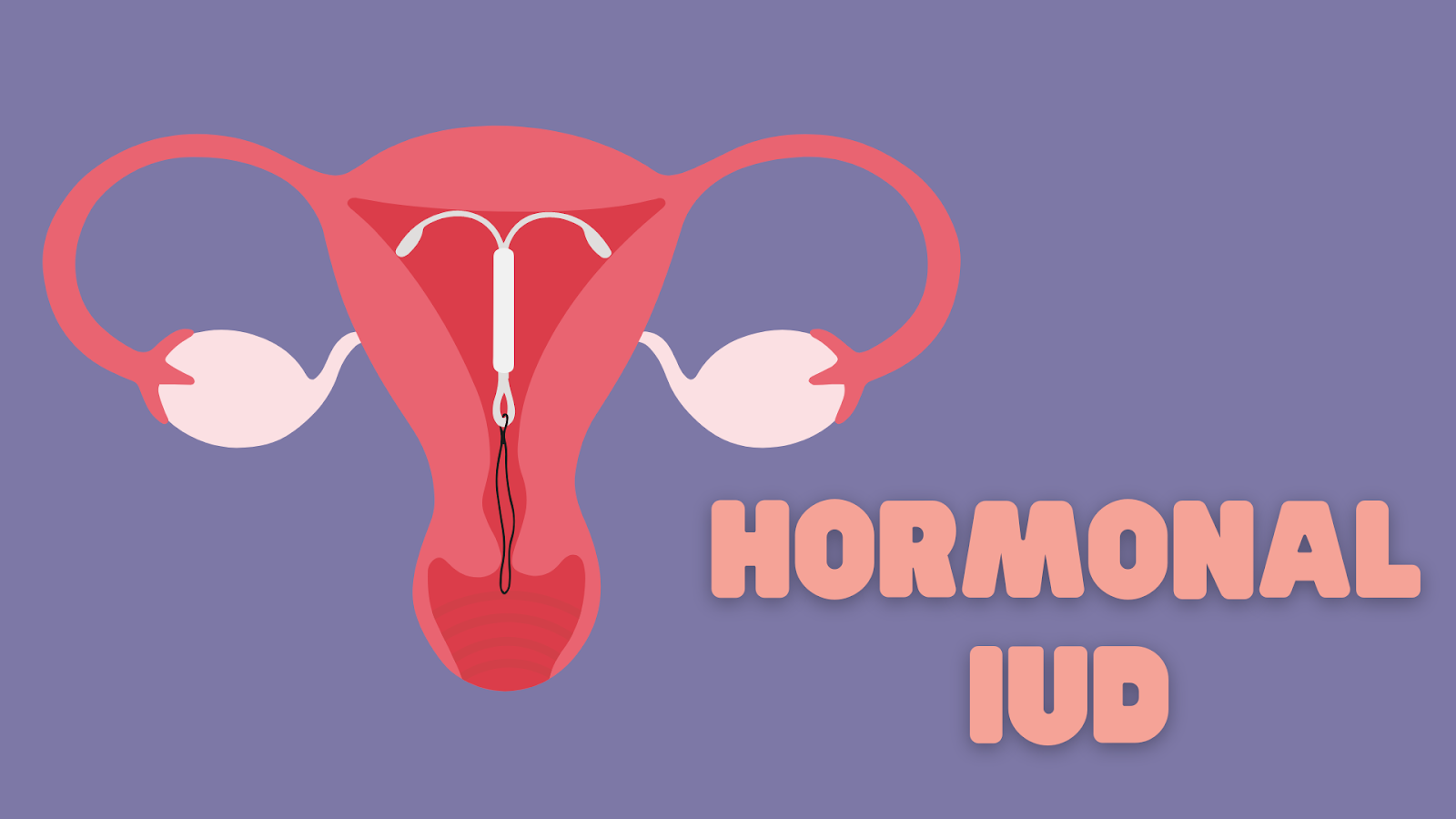
Hormonal Intrauterine Devices (IUDs)are T-shaped devices that are inserted in the uterus by a healthcare provider. It contains one hormone (progestin) that is slowly and continuously released. The IUD and progestin create an unfriendly environment for the sperm, thicken cervical mucus and thin the lining of the uterus, making fertilization difficult. Hormonal IUDs can work and stay inside for 3 - 7 years. It may prevent menstruation from occurring and can reduce menstrual symptoms. It is reversible and can be removed at any time.

Is “Pulling Out” Effective?
There are a few natural or traditional methods of contraception that some people like to use. From fertility awareness methods to abstinence, there are ways to prevent pregnancy. One way is withdrawal or “pulling out”. This is when the penis is pulled out of the vagina before ejaculating ("cumming"). It can be difficult to practice and may not be very effective as it requires control and caution. 1 in 5 individuals who use the withdrawal method as their main contraception method get pregnant every year (78% effective).
What is Emergency Contraception?
Emergency Contraception can be used to help prevent pregnancy with unprotected sex, when a condom breaks/slips, leaks, or when a regular method of contraception was forgotten or used incorrectly. There are two types of emergency contraception: 1) A pill (often called “the morning-after pill”) and 2) a Copper IUD. The pill contains the hormone progestin, which can prevent pregnancy when taken up to five days after unprotected sexual activity.
Emergency contraception pills should be taken as soon as possible. This pill should only be taken as an emergency contraceptive method and not for regular use. Some emergency contraception pills are available at the pharmacy without a prescription. Sometimes, a Copper IUD can be inserted by a healthcare provider after seven days of unprotected sexual activity. This is more effective at preventing pregnancy. It can then be left inside for long-term regular contraceptive purposes.
Know what is best for your body:
Your body is your most valuable asset; recognizing this is the first step toward taking charge of your health. As you progress through adolescence, you must remain knowledgeable about the changes you are experiencing and how to care for yourself, particularly your sexual and reproductive health.
Understanding your sexual and reproductive anatomy, as well as how your body functions, is essential for maintaining optimal sexual health. It could help you:
- Understand what’s going on with your body and know what’s normal for you.
- Ask questions about what’s happening with your body.
- Tell other people about what’s happening with your body or what you want to happen, like how you do and don’t want to be touched
- Recognize when something is not normal for you and when you might need to get sexual health care.
Explore our resources to learn more about your body.
Additional resources: Your Body - Action Canada for Sexual Health and Rights
Your voice matters!
As a young person, your voice is powerful. Advocating for your sexual and reproductive health and rights (SRHR) means expressing your concerns, asking questions, and demanding access to important services and information. Here's why your voice is important and how to use it:
- Speak Up for Your Rights: You have the right to accurate information about your body, access to health services, and protection from discrimination. Don’t hesitate to ask questions and seek the support you need.
- Access to Information: Knowledge is power. Educate yourself about your sexual and reproductive health. Use trusted resources, talk to healthcare professionals, and attend educational workshops or classes.
- Seek Support: Reach out to trusted adults, mentors, or organizations that advocate for youth SRHR. They can provide guidance, support, and resources to help you navigate your health and rights.
- Know Your Rights: Familiarize yourself with local, national, and international laws and policies regarding SRHR. Understanding your rights helps you advocate more effectively.
Speaking up empowers you and others, fostering a sense of control and confidence in managing your health and rights. Your advocacy can lead to improved services, better education, and stronger protections for SRHR.
Join our adolescent advisory groups to participate in campaigns, share your experiences, and raise awareness about the importance of SRHR for all young people. Working with like-minded peers amplifies your voice and impacts real change.
Learn more at Access Assistance Grants - PEERS
<pAdditional resources:Defining Sexual Health - World Health Organization (WHO)
Get the Facts
Sexual and reproductive health and rights (SRHR) are essential for young people to lead healthy and fulfilling lives. Understanding these rights empowers you to make informed decisions about your body, relationships, and future. With our app, you have a trusted companion on this journey.
Here’s what you need to know:
- Comprehensive Sexuality Education: Access to accurate information about sexuality, reproduction, consent, and relationships is your right. This education helps you understand your body, respect others, and make safe choices. Our application provides evidence-based resources, including articles, videos, and interactive modules created by healthcare professionals and experts. Avoid myths and misconceptions by using our trusted sources.
- Bodily Autonomy: You have the right to make decisions about your own body. This includes choosing if and when to engage in sexual activity, understanding and using contraception, and seeking reproductive health care without coercion or discrimination.
- Access to Health Services: You have the right to access a range of reproductive health services, including contraception, safe abortion where legal, STI testing and treatment, and maternal health care. These services should be affordable, confidential, and youth-friendly. Use our app to find local youth-friendly clinics and health services near you.
- Consent and Respect: Every person has the right to be free from violence, coercion, and discrimination. This includes the right to give or withhold consent and to have your boundaries respected in all relationships and interactions. Our app helps you understand what consent means and how to communicate your boundaries effectively through informative content and real-life scenarios.
Being informed about your sexual health gives you the confidence to make choices that are best for you.
Additional resources:Your Sexual Rights and Accessing Healthcare - Action Canada
https://ppt.on.ca/category/birth-control/
https://www.sexandu.ca/contraception/
Map
Missing address




